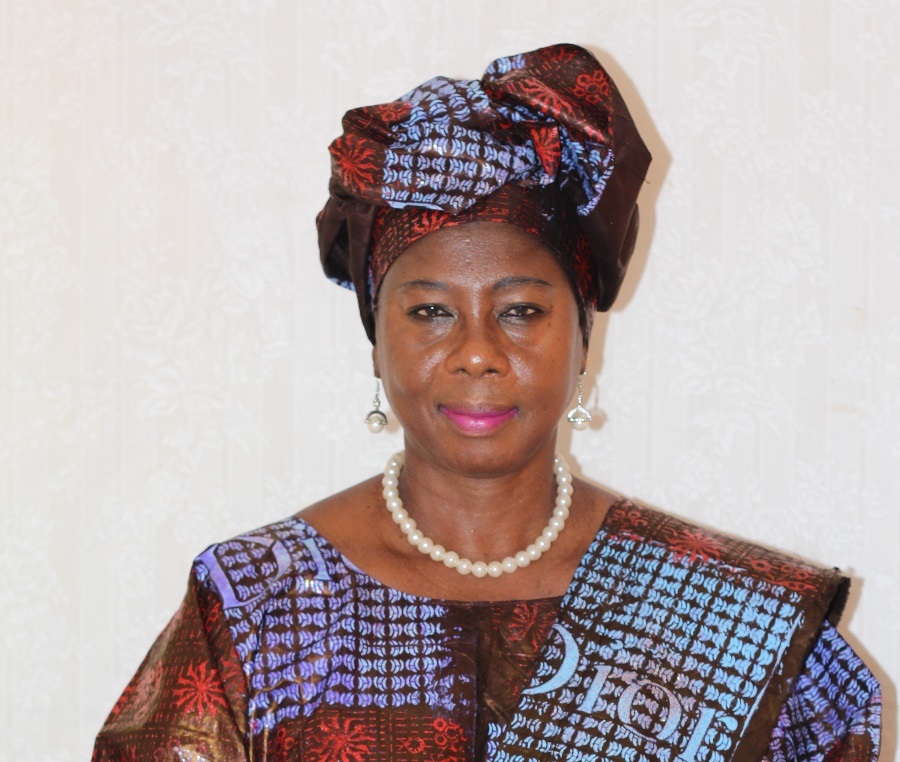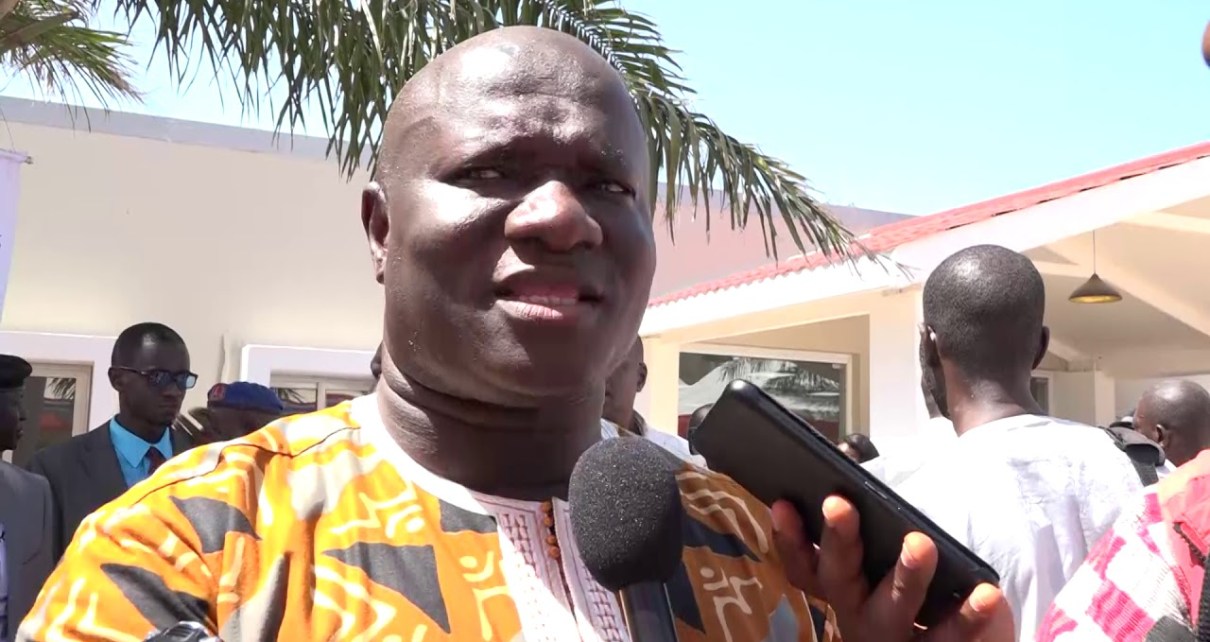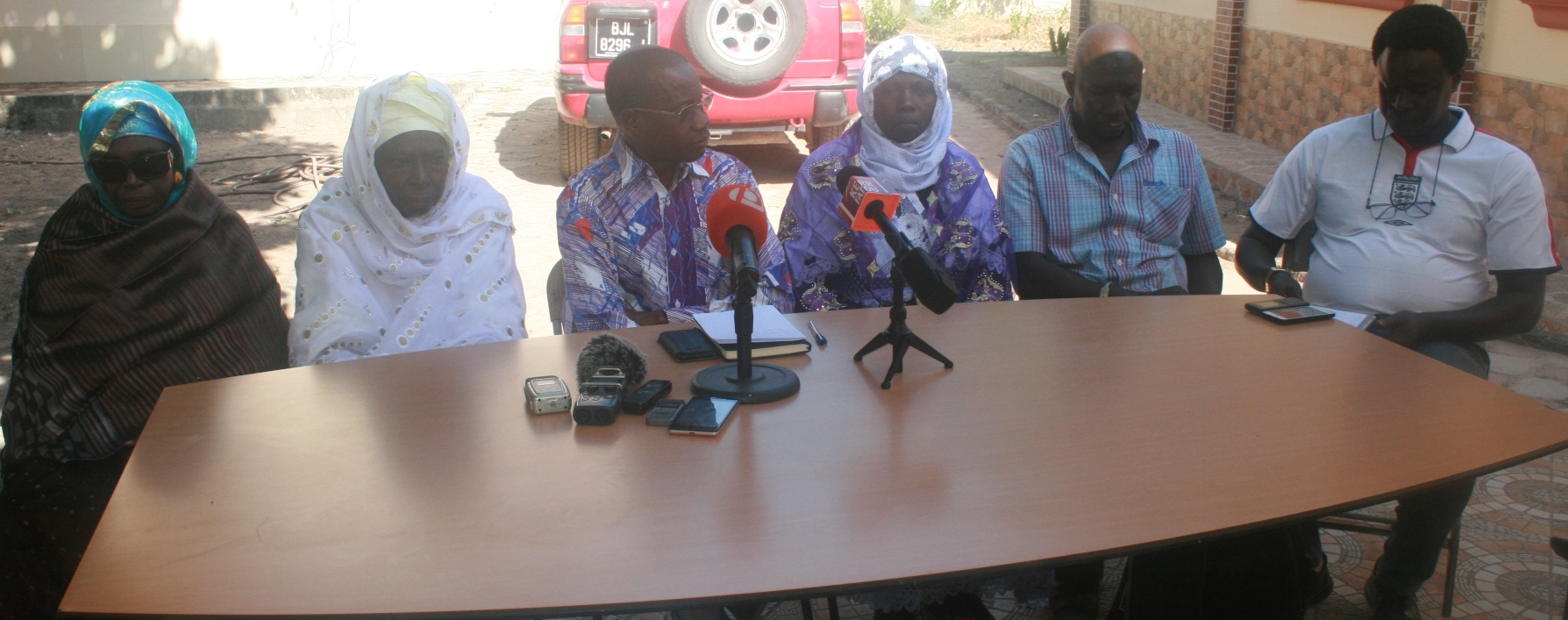Banjul City and Kanifing Municipality are most affected by climate risk in the country as a result of urbanization and exposure to flood.
Speaking at a stakeholder workshop for Greater Banjul Area on flood and coastal risk assessment, Vice-President Dr Isatou Touray said: “The Greater Banjul Area (Banjul City, Kanifing Municipal Area and parts of the West Coast Region) is among the most affected by climate risk.”
“The main drivers of risk are urbanization on the one hand (especially in the coastal areas), and the exposure to floods, erosion and the general climate change effects on the other hand. In particular, Banjul city has an average elevation of only 80 cm above Mean Sea Level (MSL), which makes it highly vulnerable,” she added.
According to her, the terrain in the city is almost flat which poses significant drainage challenges. Under climate change projections from the IPCC, rainfall will become highly erratic adding these and other characteristics put Greater Banjul Area amongst the most vulnerable areas in the country to climate change.
“The Government has made very important advances in the climate and disaster risk management agenda. For example, The Gambia has developed a National Policy on Disaster Management, a Strategic Framework, a Multi-Hazard Contingency Plan, and the National Disaster Risk Reduction Plan (2019-2030) under the leadership of NDMA. This Plan specifically recognized the need to integrate climate change adaptation with disaster risk management and is committed to assessing risk as an initial step to develop innovative and sustainable strategies for disaster management and financing,” she continued.
“The Gambia’s Vision 2020 and more recently the Climate Change Priority Action Plan (CCPAP) have identified 24 cross-sectorial activities that contribute to mainstreaming of climate change into the national development process. The CCPAP will also lead to the development of a Low Emissions Carbon Development Strategy that will allow Gambia to continue to follow a green economic development pathway.
She said Global climate risks have been accelerating in recent decades, with higher than expected sea level rise, average temperatures and extreme weather events such as floods, droughts and windstorms.
The conjunction of climate change, growing environmental degradation and urbanization patterns is reshaping flood and drought risks in The Gambia and will likely increase the impacts of future events in our national economy and people’s livelihoods,” she said.
“The coastal and river zones of the Gambia provide important natural resources for income and food security and contribute significantly to the country’s development through tourism, the provision of employment and transportation. These areas are increasingly prone to erosion and flooding. Only in the last rainy season, about 50 thousand people have been affected by flooding throughout the entire country (NDMA reported). Similar events happened in the previous years with significant social and economic impacts,” Dr Touray said.
She commended the World Bank and the European Union, along with other Development describing them “our partners for several years and supported the Government of The Gambia in addressing the country’s climate and infrastructure development challenges.”
She said the government is pleased of the support of the World Bank and of the EU for The Gambia Integrated Urban and Coastal Resilience Program.




